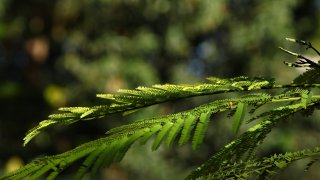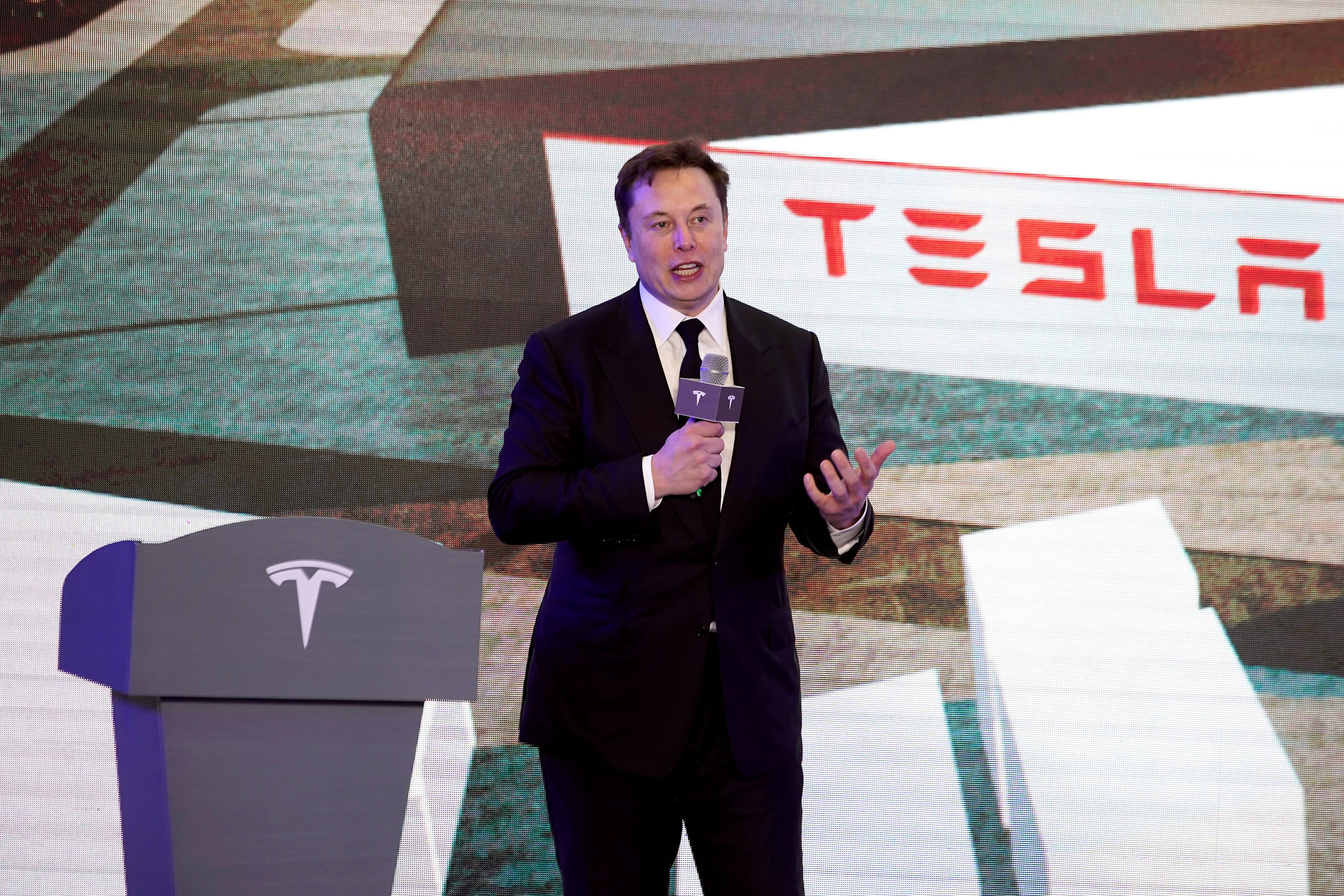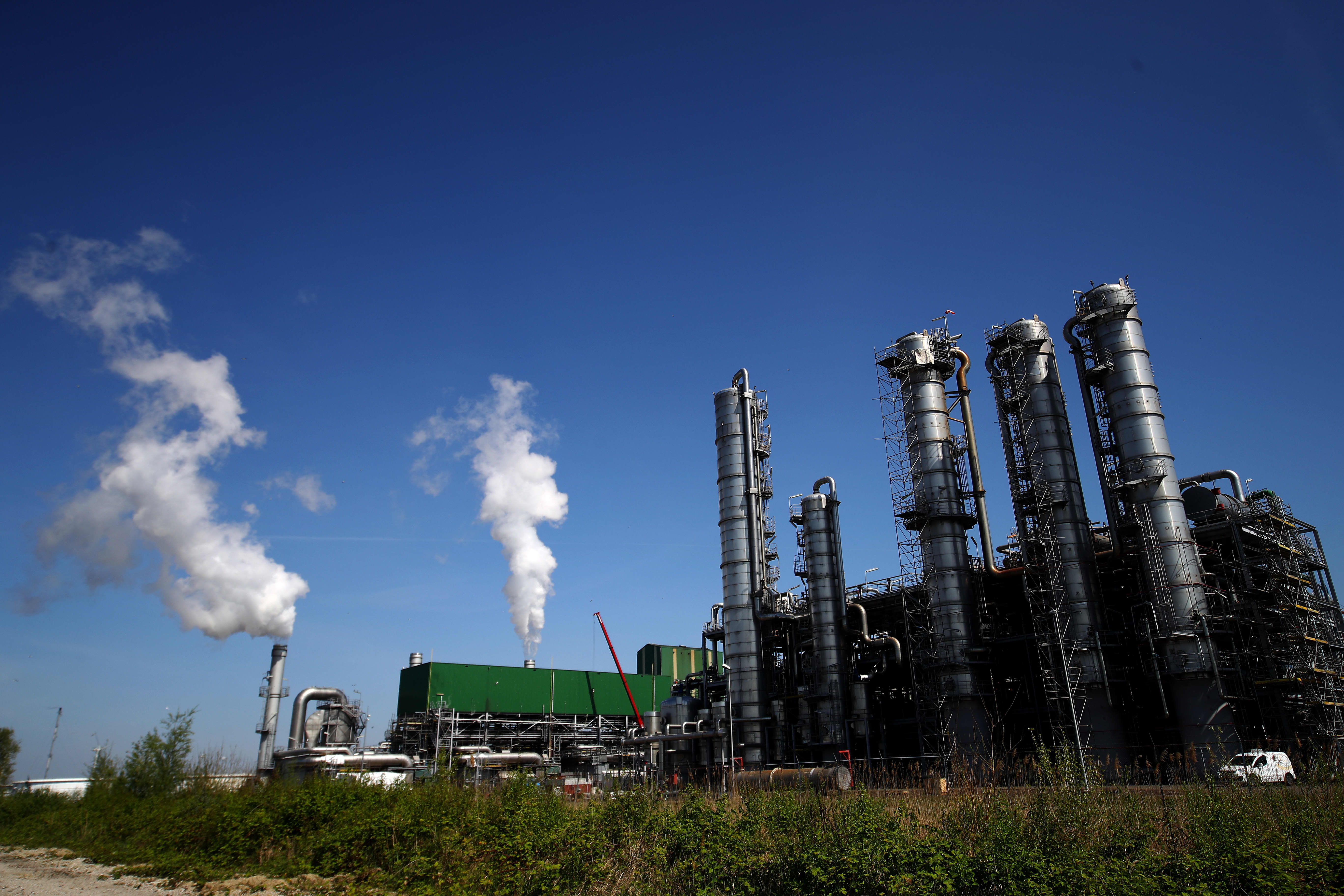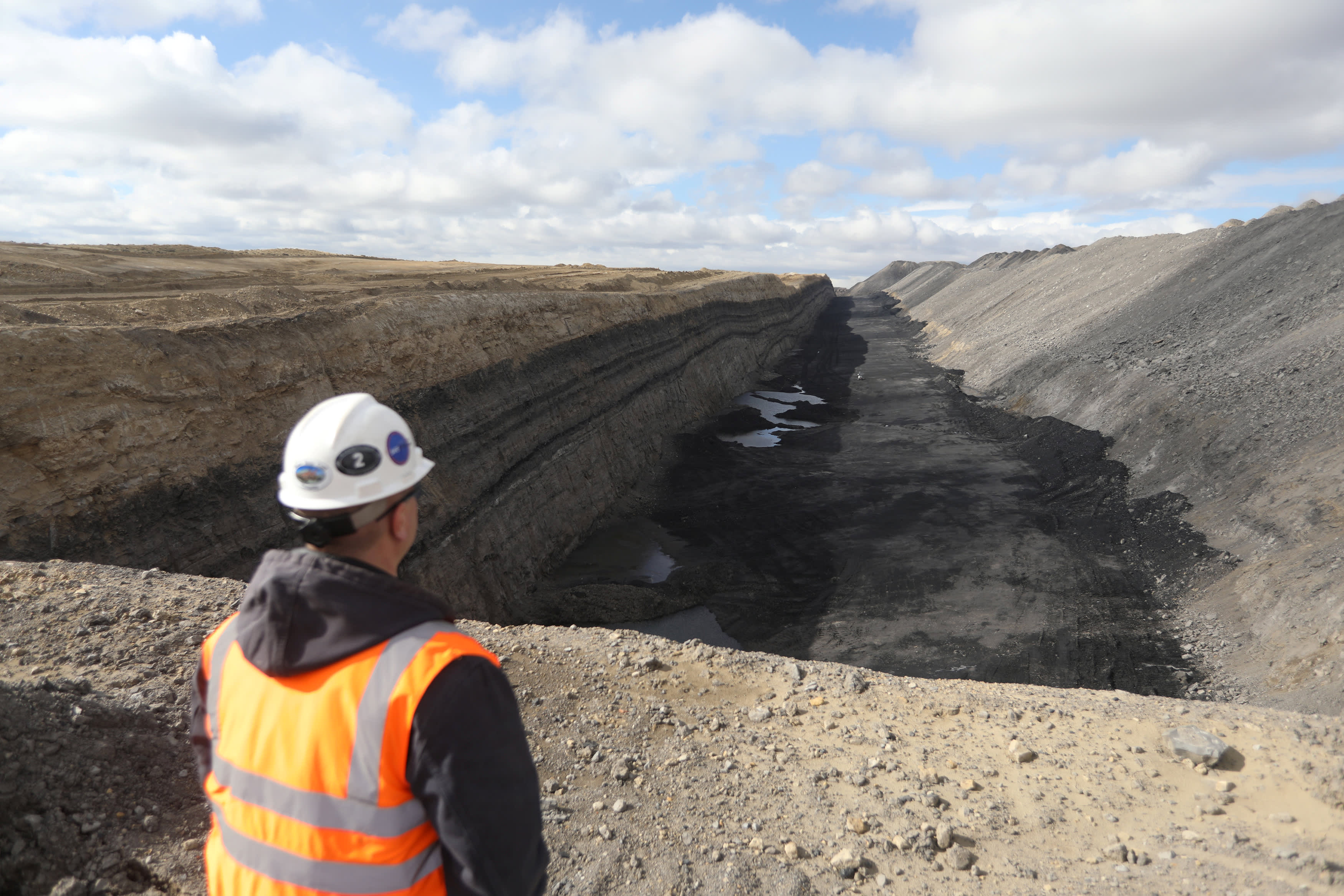
What to Know
- The effort is part of Los Angeles' Green New Deal initiative.
- The plan is to plant 90,000 trees across Los Angeles.
- USC researchers will use computer models, air sensors and other tools to guide the city and other organizations on where to plant the trees.
The University of Southern California will work with the city of Los Angeles to create an urban forest of shade trees to improve the health and quality of life of residents in Eastside communities, it was announced Thursday.
The effort is part of Los Angeles' Green New Deal initiative to plant 90,000 trees across Los Angeles. USC researchers will use computer models, air sensors and other tools to guide the city and other organizations on where to plant the trees so they have the biggest impact on pollution, shade and heat islands.
"The data generated by our team will provide a detailed scientific roadmap to help the city and the community plant an urban forest that maximizes benefits to our environment and human health," said Kate Weber, director of Public Exchange, an office within the USC Dornsife College of Letters, Arts and Sciences.
USC's urban forest project will focus on 3 1/2 square miles northeast of the university's Health Sciences Campus in Boyle Heights, which includes parts of El Sereno, Ramona Gardens and Lincoln Heights. USC researchers noted that the area suffers from poor air quality and little shade, and the median household income is about half of L.A. overall.
L.A.'s Green New Deal's tree initiative calls for increasing the forest canopy in specifically low-income heat zones by 50% by 2028.
"This partnership between the city and USC researchers is taking on global warming by improving sustainability where people live," USC President Carol L. Folt said. "It's a good example of how we can enhance the quality of life in our neighborhoods as we face the challenges of climate change."
USC Dornsife researchers will deploy sensors to measure airborne pollutants, which will help them determine the best places to plant trees to reduce pollution and improve the area's airflow.
"This work will further our understanding of the strategic use of trees to improve quality of life for all Angelenos and meet the urban forestry goals of L.A.'s Green New Deal," said Rachel Malarich, the city's forest officer.
Over the past three months, the USC team held virtual meetings to get input from representatives of local nonprofits, the Los Angeles City Council and businesses. Next, they will meet with residents and business owners to get further input on the plan.
The project is led by USC Donsife Public Exchange and collaborators include students and experts from USC's Spatial Sciences Institute, the Center for the Study of Urban Critical Zones and the Landscape Architecture program.
"We need to reimagine urban spaces so that urban and natural areas are not so different," said John Wilson, director of the SSI and USC research project leader. "This project reimagines the fabric of cities to be more equitable, resilient, livable and healthy."




